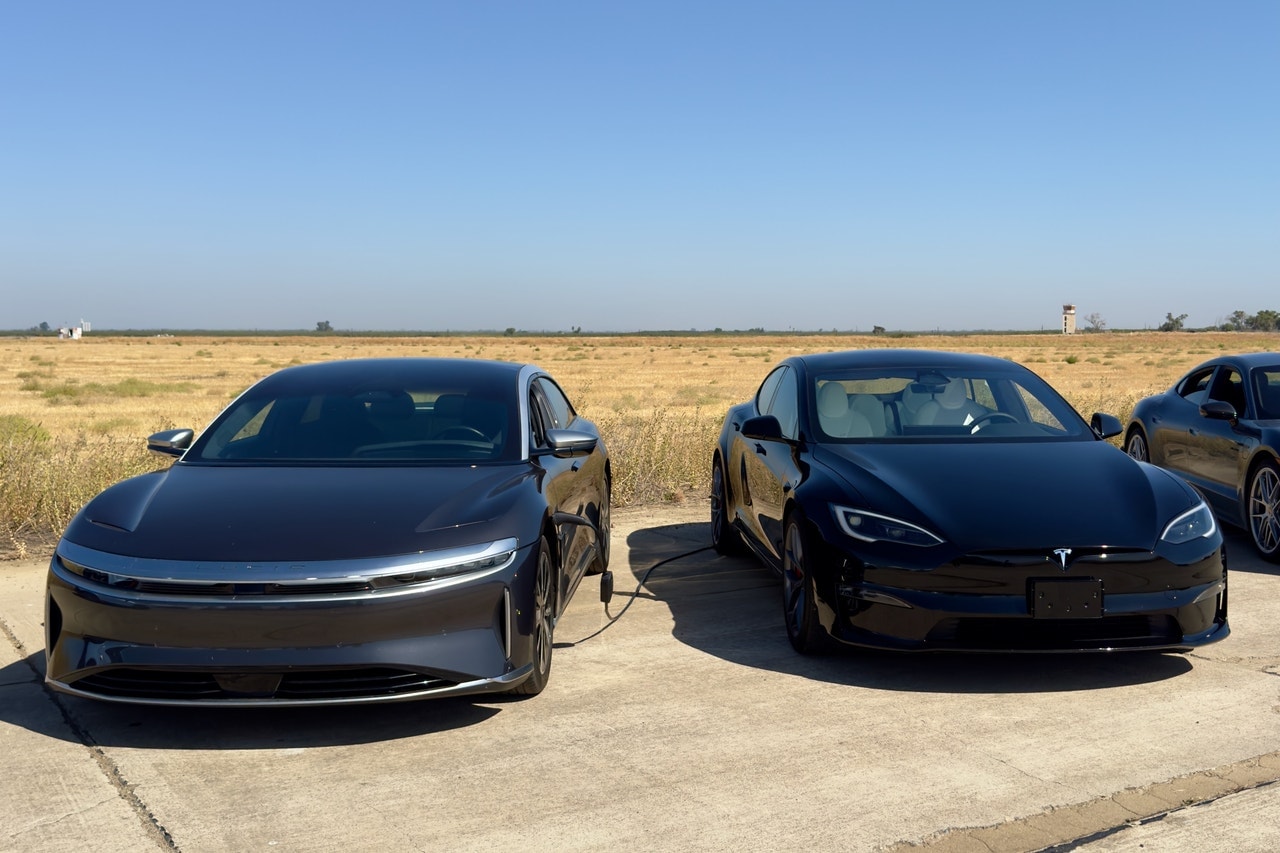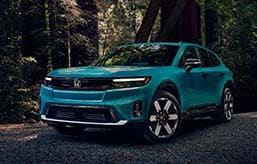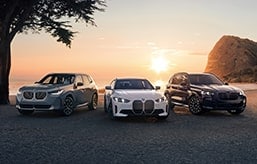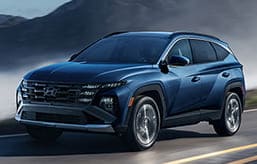- Our Lucid Air Grand Touring helped keep other EVs charged at a recent filming of Edmunds U-Drags.
- The RangeXchange adapter allows the Lucid to charge other EVs.
- The Lucid's large battery gives it a leg up on other similar systems.
Here's How Our Lucid Air Kept Other EVs Charged During Edmunds U-Drags
The RangeXchange feature was added through an over-the-air update.
Putting together Edmunds U-Drags can be a lot. It's not just a matter of securing cars, renting out an airstrip and aiming some cameras. While things run smoothly these days, it's taken years of work to get where we are. We shoot over two days, with roughly five races taking place each day. Making sure the cars have enough fuel and — in the case of the ever-growing number of EVs we race — batteries have enough charge is important. That's where the Lucid Air's RangeXchange comes into play.
RangeXchange is Lucid's branding for its bidirectional vehicle-to-vehicle charging capability. Using the RangeXchange charging adapter for Lucid's 40-amp mobile charging cable, both the Air and new Lucid Gravity can charge other EVs. The adapter replaces the normal plug on one end with a second SAE J1772 plug, essentially turning it into a double-ended cable. It can charge at 9.6 kW, the same as a Level 2 home charger.
It's simple to use too. Lucid released RangeXchange with the 2.1.52 over-the-air update early last year. All you have to do is connect a Lucid to another EV with the cable and then confirm in the center screen that you want to start using RangeXchange.
Lucid brought out an Air Sapphire for this last round of races, and along with it a support car with spare wheels and tires for the Sapphire. That support car, along with the Lucid Air Grand Touring we own, served as mobile charging stations for the Sapphire as well as the Porsche Taycan Turbo GT, Hyundai Ioniq 5 N and Tesla Model S Plaid (with a NACS adapter). RangeXchange worked perfectly every single time.
Now, Lucid isn't the only automaker to offer an EV with V2V charging. The Ford F-150 Lightning is capable of charging vehicles (or anything else that plugs into its myriad of outlets) at up to 9.6 kW, too, and the Nissan Leaf has offered V2V and vehicle-to-grid capabilities for more than a decade. Lucid makes it easy with the RangeXchange system, but it's not inherently unique.
RangeXchange does have one thing that really sets it apart from other similar systems. The Air is one of best-performing cars in the Edmunds EV Range Test. It's currently one of just two EVs we've seen eclipse 500 miles on a single charge. That means it has more battery capacity to spare to help out fellow EVs. Giving up 100 miles of range is much different in an Air than it is in the Lightning. It allowed us to use a single Lucid to charge other cars without it actually needing to be recharged itself.
EVs perform best with full batteries, with performance falling off as the battery drains. When you're running multiple races in a single day for these U-Drags shoots, that means recharging between races to get the cars back to peak performance. While we did the bulk of the charging after the shoot at local DC fast-charging stations, RangeXchange helped to keep trips away from the track during the day to a minimum.






 by
by  edited by
edited by